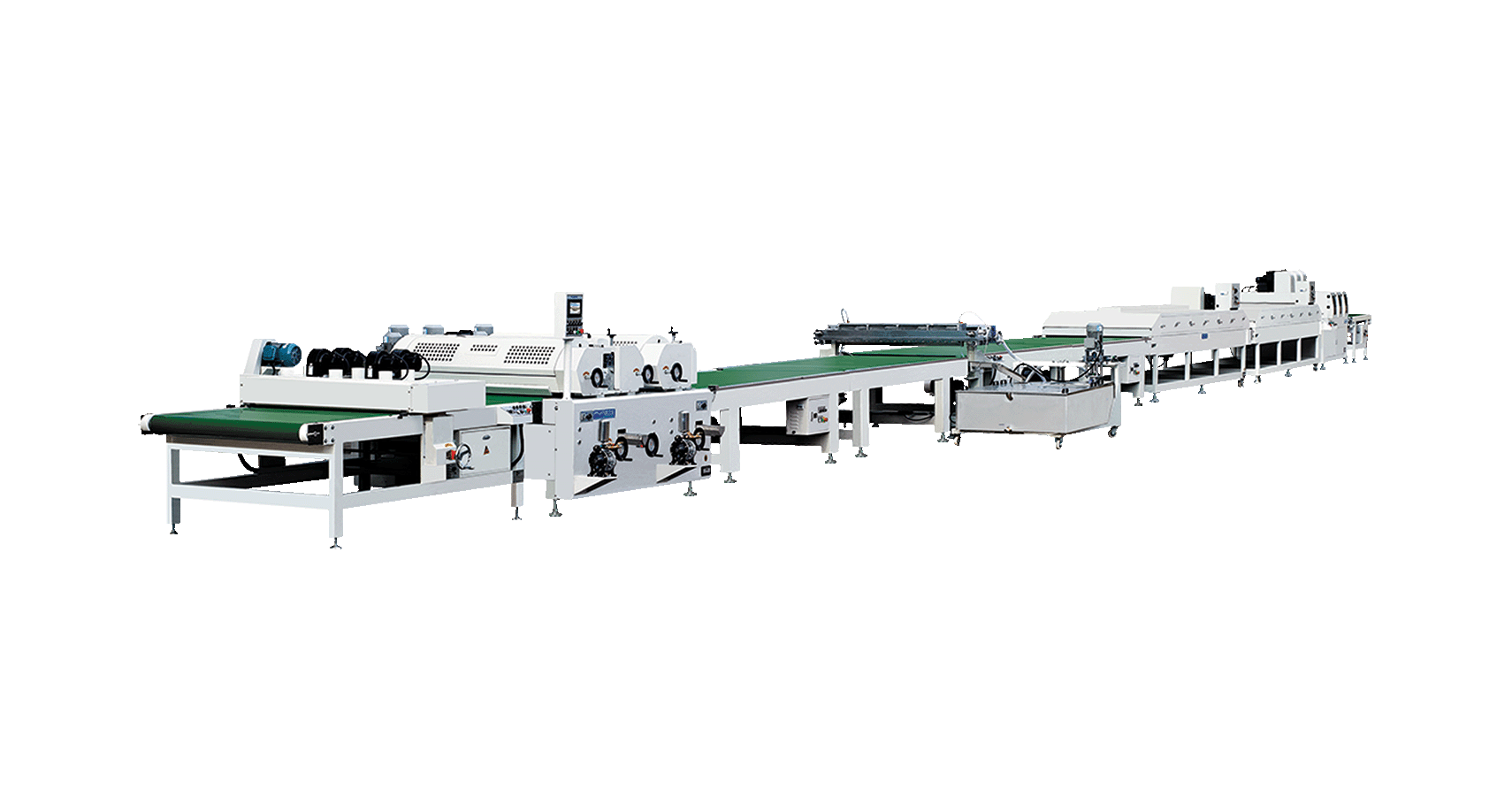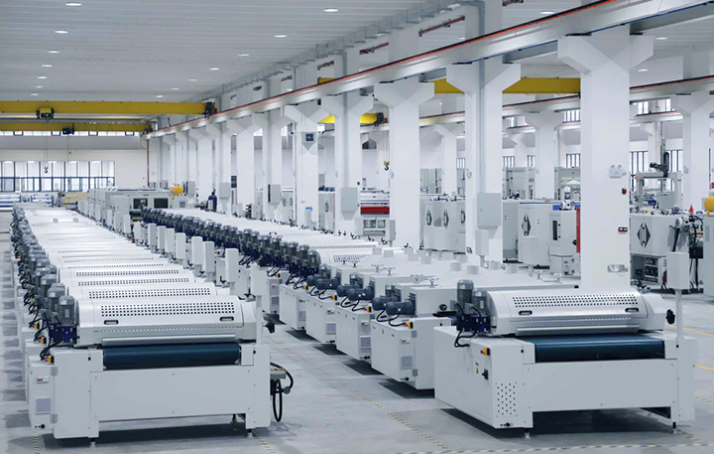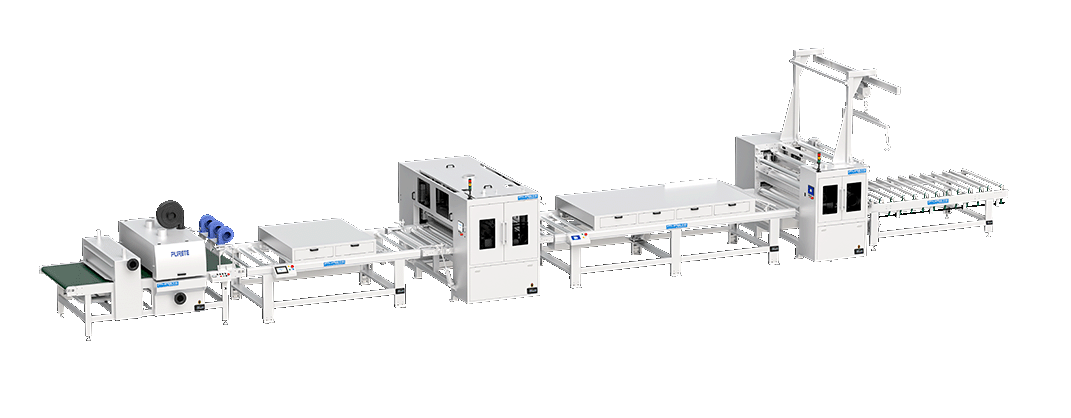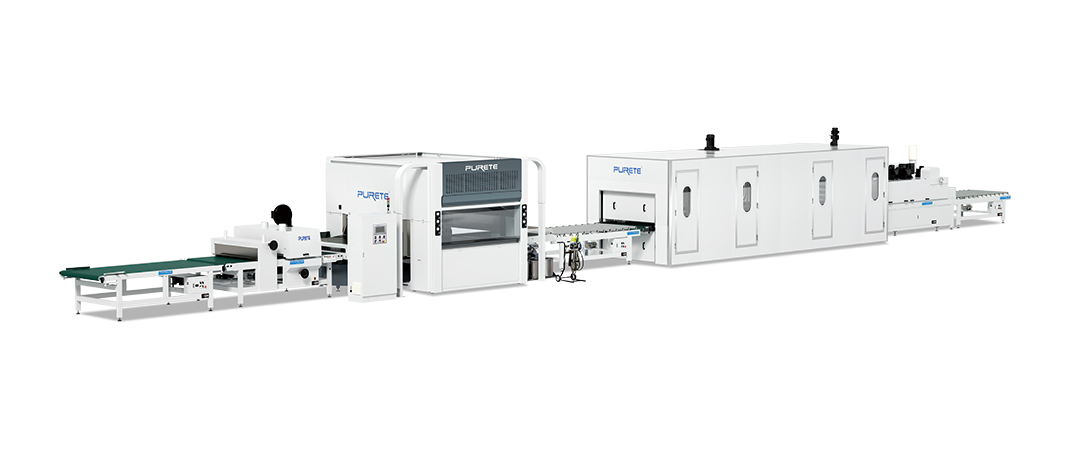Which Industries Benefit Most from PUR Laminating?
 May 06, 2025
May 06, 2025 Hits:861second
Hits:861secondIn today's fast-paced and quality-driven production environments, the demand for superior bonding technologies is higher than ever. One technology that has stood out for its versatility, strength, and reliability is PUR (polyurethane reactive) laminating. Unlike traditional adhesive methods, PUR laminating offers exceptional durability, flexibility, and resistance to environmental factors, making it the preferred choice for a wide range of industries. But which sectors benefit the most from PUR laminating? Let's explore in detail.
1. Printing and Publishing Industry
The printing and publishing sector is arguably one of the largest beneficiaries of PUR laminating. Whether it’s high-end magazines, coffee table books, catalogs, or textbooks, PUR adhesives provide a stronger, more flexible bond compared to traditional hot melt adhesives.
Books laminated with PUR adhesives can lay flatter when opened and are more durable, resisting page pull-out even under heavy use. Moreover, PUR laminating is compatible with a variety of printed substrates, including coated, digitally printed, and recycled papers, offering publishers greater flexibility in materials without sacrificing binding quality.
2. Furniture and Interior Design
The furniture and interior design industries rely heavily on PUR laminating for manufacturing panels, surfaces, and decorative finishes. PUR adhesives are ideal for bonding different types of materials, such as MDF, particle board, veneers, laminates, and foils.
Thanks to its superior moisture and heat resistance, PUR lamination ensures that furniture pieces maintain their appearance and structural integrity over time, even under varying environmental conditions. In high-end applications, such as kitchen cabinets, countertops, and office furniture, PUR lamination provides a seamless and premium finish that enhances both aesthetics and durability.
3. Automotive Industry
In the automotive industry, where safety, durability, and aesthetics are crucial, PUR laminating plays a vital role. It is used extensively for bonding interior components such as dashboard panels, door trims, headliners, and seats.
The flexibility and strength of PUR adhesives allow them to withstand the extreme temperature variations and mechanical stresses typical of automotive environments. Additionally, PUR laminating enables the use of lightweight composite materials, contributing to the overall reduction of vehicle weight and improved fuel efficiency—a growing priority in modern automotive design.
4. Packaging Industry
Packaging, particularly luxury and specialty packaging, benefits greatly from PUR laminating. High-end packaging for perfumes, cosmetics, electronics, and premium foods often requires superior strength, aesthetic appeal, and resistance to humidity and temperature changes—all characteristics delivered by PUR adhesives.
Moreover, PUR laminating allows for the use of a wide variety of materials, such as metallic foils, plastic films, and specialty papers, helping brands create distinctive and memorable packaging that stands out in competitive retail environments.
5. Construction and Building Materials
The construction industry uses PUR laminating extensively in the production of insulated panels, flooring systems, and composite walls. Its strong bond strength and resistance to water and environmental degradation make it ideal for both interior and exterior construction applications.
For example, sandwich panels used in cold storage facilities, architectural facades, and prefabricated homes often utilize PUR adhesives to achieve reliable, long-lasting structural integrity. Additionally, PUR laminating contributes to energy efficiency by providing better insulation performance in building materials.
6. Electronics Industry
In the electronics industry, PUR laminating is critical for assembling device casings, screens, touch panels, and flexible circuits. The adhesive's ability to form strong bonds with a variety of materials—including plastics, metals, and glass—makes it highly valuable in device manufacturing.
As electronics become smaller, lighter, and more complex, PUR laminating ensures that devices maintain their integrity even under stress, bending, or exposure to environmental factors like moisture and heat. This is particularly important for wearable technology, smartphones, and tablets.
7. Textile and Footwear Industries
The textile and footwear industries also benefit significantly from PUR laminating, particularly in producing technical textiles and high-performance footwear. In these sectors, materials need to maintain flexibility, durability, and water resistance.
For example, in outdoor clothing, sports shoes, and protective gear, PUR lamination offers a bond that resists delamination even under constant motion and varying environmental conditions. It also supports the use of breathable membranes in textiles, maintaining comfort while providing weather protection.
Why PUR Laminating Is the Preferred Choice
The advantages that PUR laminating brings—such as high initial strength, excellent flexibility, superior resistance to moisture and chemicals, and compatibility with a wide range of materials—make it a preferred bonding solution across these industries. Furthermore, the technology supports sustainable practices, as it allows for thinner application layers, reducing adhesive consumption and contributing to more eco-friendly production processes.
PUR laminating has revolutionized bonding and surface finishing across numerous industries. From creating beautiful, durable books and stylish furniture to enhancing automotive interiors and supporting advanced electronics, PUR adhesive technology meets the ever-increasing demands for quality, durability, and design flexibility.
As innovation continues, we can expect even broader applications of PUR laminating, driven by the growing need for high-performance, environmentally friendly manufacturing solutions. Companies that adopt and master PUR laminating processes will be better positioned to deliver superior products, meet customer expectations, and lead in their respective markets.















